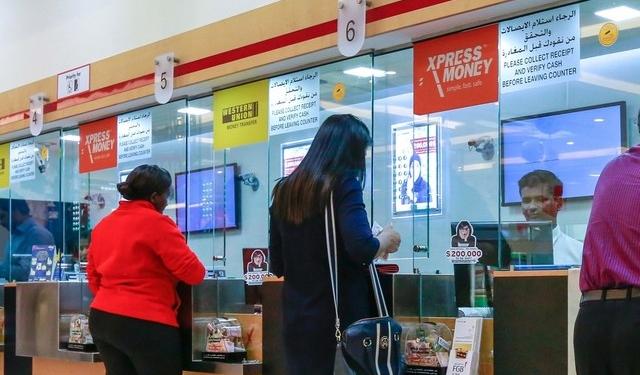The remittance from migrant workers has always been a big financial help for the people living in the country and the government. The Non-Resident Indians (NRI), people of Indian origin, temporary migrant workers who move to a distant land to look for opportunities send money back home to support family and friends. India is the top remittance recipient country followed China, Philippines, and Mexico. As per World Bank’s Migration and Development Brief, India received 80 billion dollars from migrant workers followed by China (67 billion dollars), Mexico and Philippines (34 billion dollars each), and Egypt (26 billion dollars). The global remittance this year is expected to reach 689 billion dollars with a growth rate of 10.3 percent.
The remittance to developing countries increased in the last two-three years, given the fact that the growth in western countries, especially the United States has been good. The recorded remittance to developing countries increased by 10.8 percent to reach 528 billion dollars in 2018. Last year the growth was 1.8 percent, the increase in remittance growth rate also suggests the revival of developed economies in last year.
Remittance from migrant workers is very important for the economy of South Asian countries. Total remittance to South Asian countries is projected around 132 billion dollars in 2018 with a growth rate of 13.5 percent in comparison to a 5.7 percent growth in 2017. The remittance to India was 62.7 billion dollars in 2016 and increased to 65.3 billion dollars in 2017. The receipt to South Asian nations increased due to the good performance of the American economy which hoards a great number of migrant workers from these countries.
The remittance to South Asian countries from Gulf countries increased exponentially in last year given the rise in oil prices. The economy Gulf countries council (GCC) which includes states of Bahrain, Kuwait, Oman, Qatar, Saudi Arabia, and the United Arab Emirates are primarily supported by oil export. The oil prices rose by more than a quarter in last year and this increased the income of a huge number of migrant workers in Gulf countries. However, the oil price has declined in the last few months and therefore remittance from gulf economies is expected to decline in the following year.
The remittance to developing countries plays an important role in uplifting millions of people from poverty in these countries. The lack of natural resources or historical socio-economic conditions has kept billions of people around the globe in clutches of poverty and sub-standard living conditions. Remittance constitutes 2.7 percent of India’s GDP and even bigger portion of countries like Bangladesh. Many welfare programmes in developing economies are supported with remittance money and this money could play an important role in achieving Sustainable Development Goals (SDGs) of UN. “Remittances have a direct impact on alleviating poverty for many households, and the World Bank is well positioned to work with countries to facilitate remittance flows,” said Michal Rutkowski, Senior Director of the Social Protection and Jobs Global Practice at the World Bank.
The migrant workers have supported India with great conviction and by all possible means. When the country faced a balance of payments crisis in initial days of Vajpayee government, he appealed the NRIs to send dollars to India. The Indians working overseas have achieved great success in professional lives and they are eager to support their homeland. The overseas citizens helped the government with monetary resources, policy level initiatives, lobbying with foreign governments like the United States. The huge remittance inflow to India also shows the cultural and emotional attachment of migrant workers and overseas citizens that they have with India.































